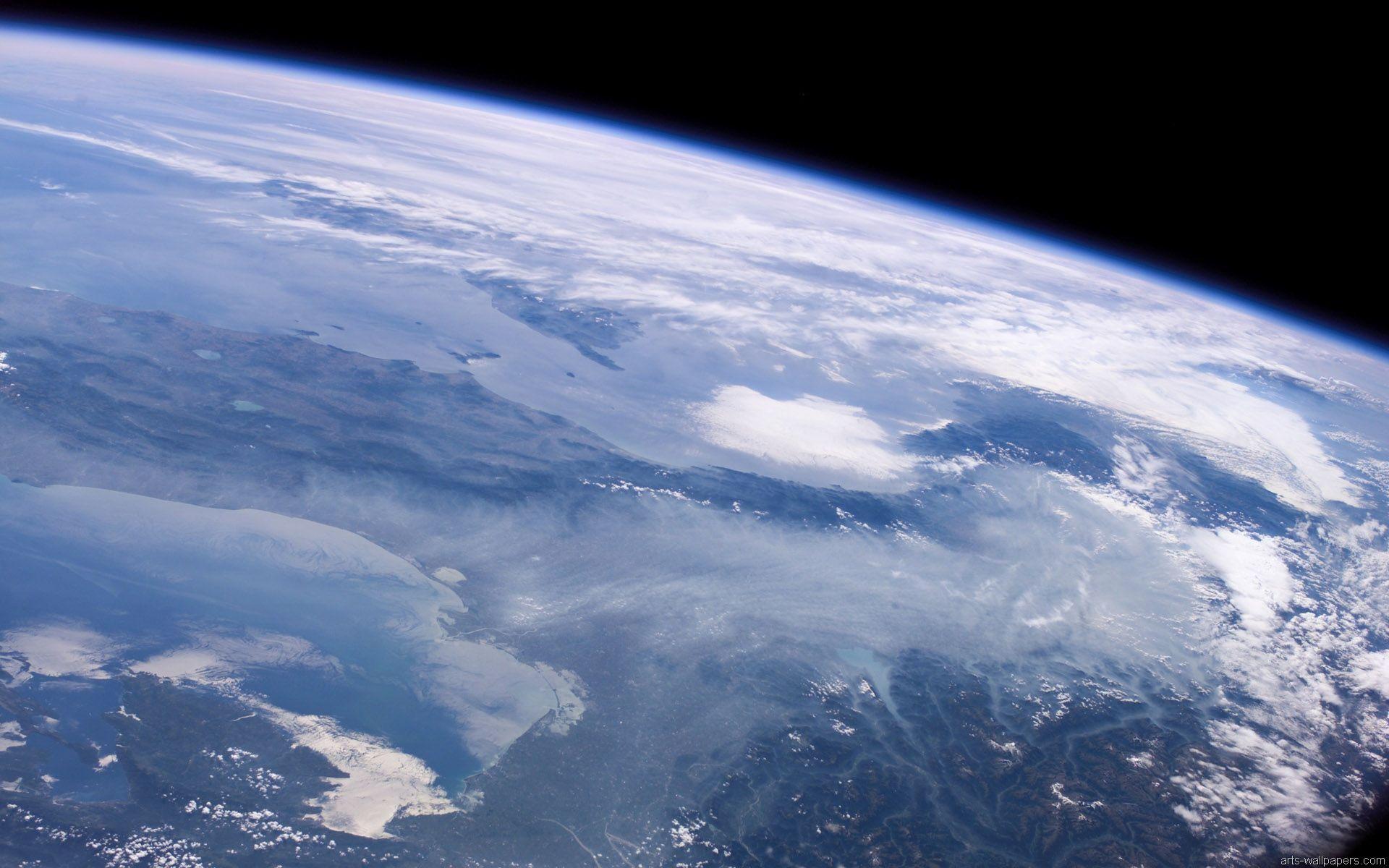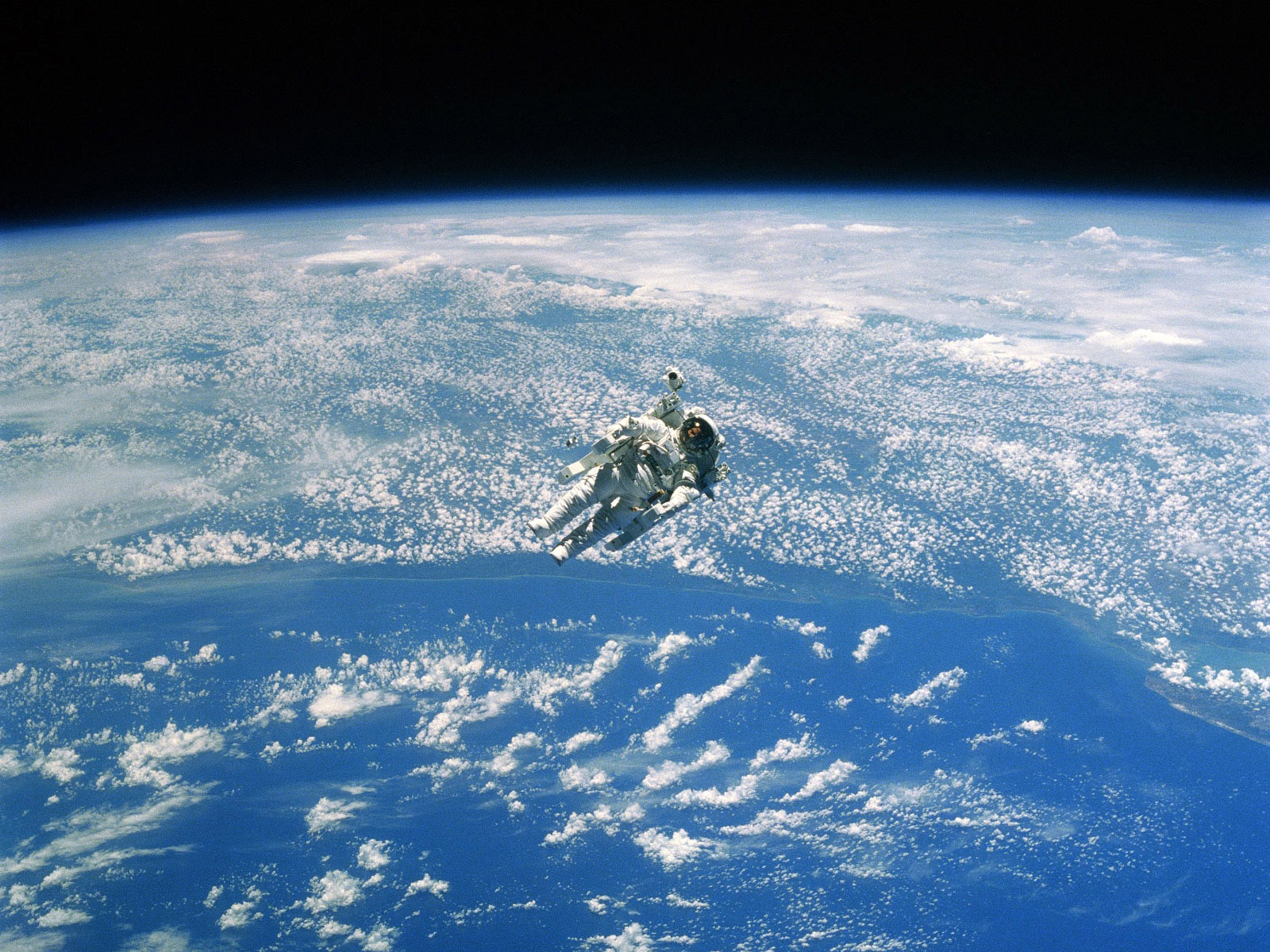

"We've only been able to barely scratch the surface," Néstor Espinoza, an exoplanet researcher at the Space Telescope Science Institute, told Mashable last year. But we know vanishingly little about them. There could be well over a trillion exoplanets in our galaxy alone. Webb's scientists plan to also point the powerful telescope at smaller, rocky, perhaps Earth-like worlds.

"The observation, which reveals the presence of specific gas molecules based on tiny decreases in the brightness of precise colors of light, is the most detailed of its kind to date, demonstrating Webb’s unprecedented ability to analyze atmospheres hundreds of light-years away." "NASA’s James Webb Space Telescope has captured the distinct signature of water, along with evidence for clouds and haze, in the atmosphere surrounding a hot, puffy gas giant planet orbiting a distant Sun-like star," NASA explained. Webb's first spectrum of the gases on an exoplanet comes from WASP-96 b, known as a "hot Jupiter." It's a high-temperature gas giant that zooms around its star at tremendous speeds, taking just 3.4 days for a single orbit. (There are perhaps a trillion or more exoplanets in our Milky Way galaxy alone.) Some planets, for example, might contain water, methane, and carbon dioxide, which could potentially mean they're habitable worlds. Using instruments called spectrometers, Webb can sleuth out what the atmospheres of distant, alien worlds are composed of. Some of the Webb telescope's most stunning observations won't come from any pretty images.
#Change desktop background to nasa picture of the day Patch
This slice of the vast universe covers a patch of sky approximately the size of a grain of sand held at arm’s length by someone on the ground." "Thousands of galaxies – including the faintest objects ever observed in the infrared – have appeared in Webb’s view for the first time. Known as Webb’s First Deep Field, this image of galaxy cluster SMACS 0723 is overflowing with detail," NASA explained in a statement. "This first image from NASA’s James Webb Space Telescope is the deepest and sharpest infrared image of the distant universe to date. Behind it, however, are more ancient galaxies in just one small patch of the universe. Specifically, you're looking at the galaxy cluster SMACS 0723 as it appeared some 4.6 billion years ago. The light from those galaxies has been traveling for billions of years, NASA administrator Bill Nelson explained. Galaxies in the foreground distort light and help magnify these faraway objects. Webb spied an "extremely distant" population of galaxies in this image. But the Webb telescope, with a gold-tinted mirror over two-and-a-half times larger than Hubble's, has the ability to see much fainter objects, and will peer through previously impenetrable clouds of thick cosmic dust.īehold five of the most anticipated space images ever.

The Webb telescope is the successor to the legendary Hubble Space Telescope, which has captured unprecedented stellar views for over three decades. What the giant James Webb telescope will see that Hubble can't "Today the Webb mission is open for business," NASA astronomer Michelle Thaller said at the image unveiling Tuesday morning.

It also gives unparalleled insight into a giant planet beyond our solar system. This first batch of unprecedented images includes views of some of the most distant galaxies, a giant star nursery, and colossal cosmic clouds. Looking at these objects means looking back in time billions of years, because it takes that long for this ancient light to reach us (or more precisely, reach the $10 billion Webb telescope). The colossal telescope orbits around 1 million miles from Earth, and is positioned to peer at some of the earliest galaxies and stars ever born. Scientists have released the first highly-anticipated, full-color, scientific images captured by the James Webb Space Telescope, the most powerful such instrument ever built. A new dawn of peering into the deep, deep, deep cosmos has begun.


 0 kommentar(er)
0 kommentar(er)
